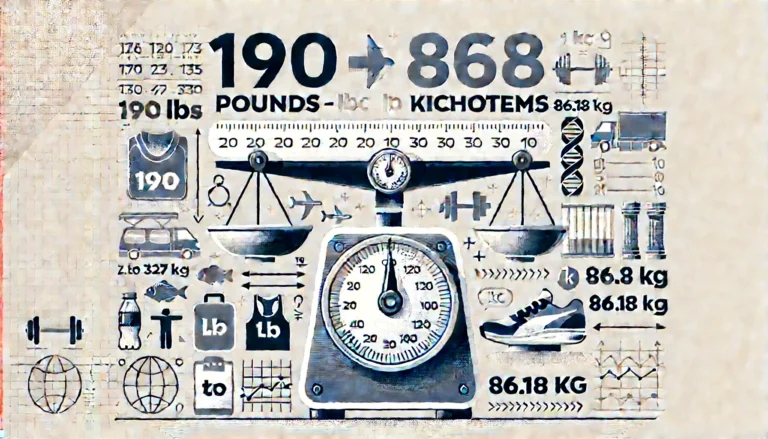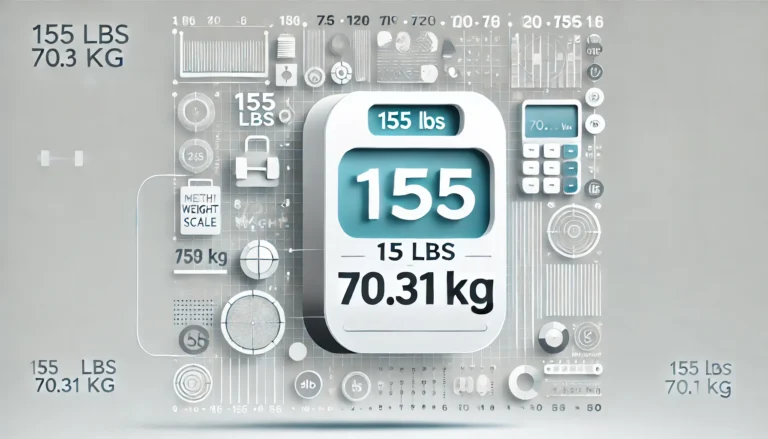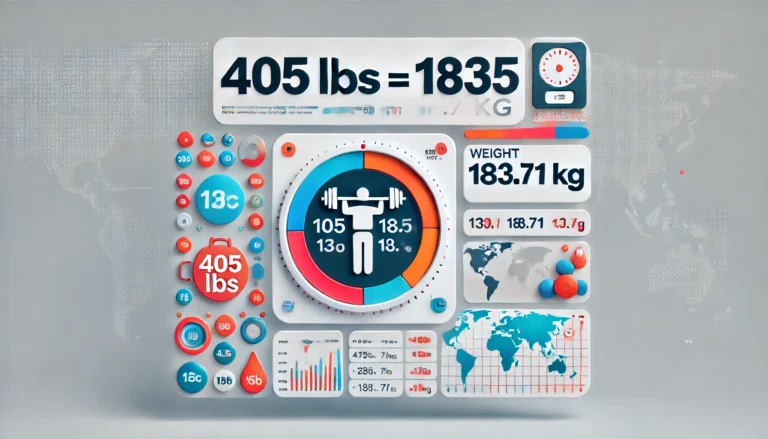
Introduction
Ever struggled with finding critical numbers in calculus? Whether you’re a student, a teacher, or just someone brushing up on math skills, a critical number calculator can make your life easier.
In this guide, we’ll break down what a critical number is, how to find it, and why a calculator can help speed up the process. Plus, we’ll answer some common questions to make sure you leave with a clear understanding.
Let’s get started!
What is a Critical Number?
A critical number (or critical point) of a function is a value of x where:
- The derivative of the function is zero (f’ (x) = 0).
- The derivative does not exist (f’ (x) is undefined).
These points are important because they help us find maximums, minimums, and points of inflection in a function.
Why Use a Critical Number Calculator?
Let’s be honest—calculus can be tricky. Doing derivatives by hand can take time, and one small mistake can throw everything off. A critical number calculator helps by:
✔️ Saving Time – Instantly finds critical numbers without complex calculations.
✔️ Reducing Errors – No more worrying about tiny math mistakes.
✔️ Helping with Learning – See step-by-step solutions to understand the process.
Whether you’re a student checking homework or a teacher preparing lessons, a calculator can be a game-changer.
How to Use a Critical Number Calculator
Using a critical number calculator is super simple. Just follow these steps:
- Enter Your Function – Type in the function you need to analyze.
- Find the First Derivative – The calculator will take the derivative for you.
- Solve for Critical Numbers – It will find where the derivative equals zero or is undefined.
- Analyze the Results – Use the critical numbers to determine max, min, or inflection points.
Many online calculators even show step-by-step solutions so you can learn along the way.
Example: Finding Critical Numbers
Let’s say we have the function:f(x)=x3−3x+2f(x) = x^3 – 3x + 2f(x)=x3−3x+2
Step 1: Take the First Derivative
f′(x)=3×2−3f'(x) = 3x^2 – 3f′(x)=3×2−3
Step 2: Set the Derivative to Zero
3×2−3=03x^2 – 3 = 03×2−3=0
Step 3: Solve for x
3×2=33x^2 = 3 3×2=3 x2=1x^2 = 1 x2=1 x=±1x = \pm1x=±1
So, the critical numbers for this function are x = 1 and x = -1.
If you used a critical number calculator, it would instantly give you these values, along with a breakdown of the process.
Where Can You Find a Critical Number Calculator?
There are plenty of online tools available. Just search for “critical number calculator”, and you’ll find options like:
- Wolfram Alpha
- Symbolab
- Mathway
These calculators provide instant results with explanations to help you understand the process.
Common Mistakes When Finding Critical Numbers
🔴 Forgetting to Check for Undefined Derivatives – Some critical numbers come from points where the derivative does not exist. Always check for this!
🔴 Not Plugging Back into the Original Function – Finding critical numbers is just step one. To classify them as max/min points, you need the second derivative test.
🔴 Misreading the Derivative – A small mistake in differentiation can lead to completely wrong answers. A calculator helps catch these errors.
FAQs
1. What is the difference between a critical number and a critical point?
A critical number is just the x-value where the derivative is zero or undefined. A critical point includes both the x-value and the corresponding y-value on the original function.
2. Can all functions have critical numbers?
No, some functions don’t have any critical numbers, especially if their derivative never equals zero or is never undefined.
3. What happens after finding critical numbers?
You use the second derivative or a sign test to determine if the critical numbers correspond to maxima, minima, or inflection points.
4. Are critical numbers always real numbers?
Not necessarily. Some functions have complex critical numbers, but in most practical cases, we focus on real numbers.
5. How do I check if my critical number is a maximum or minimum?
Use the Second Derivative Test:
- If f”(x) > 0, it’s a minimum.
- If f”(x) < 0, it’s a maximum.
- If f”(x) = 0, the test is inconclusive.
6. Can I use a critical number calculator for trigonometric functions?
Yes! Many calculators can handle trigonometric functions, logarithms, and even implicit differentiation.
Conclusion
critical number calculator is a key skill in calculus, but it doesn’t have to be a headache. A critical number calculator can save time, reduce mistakes, and even help you learn the process better.
Next time you’re stuck on a derivative problem, try using an online calculator. It might just be your new best friend in math class!




